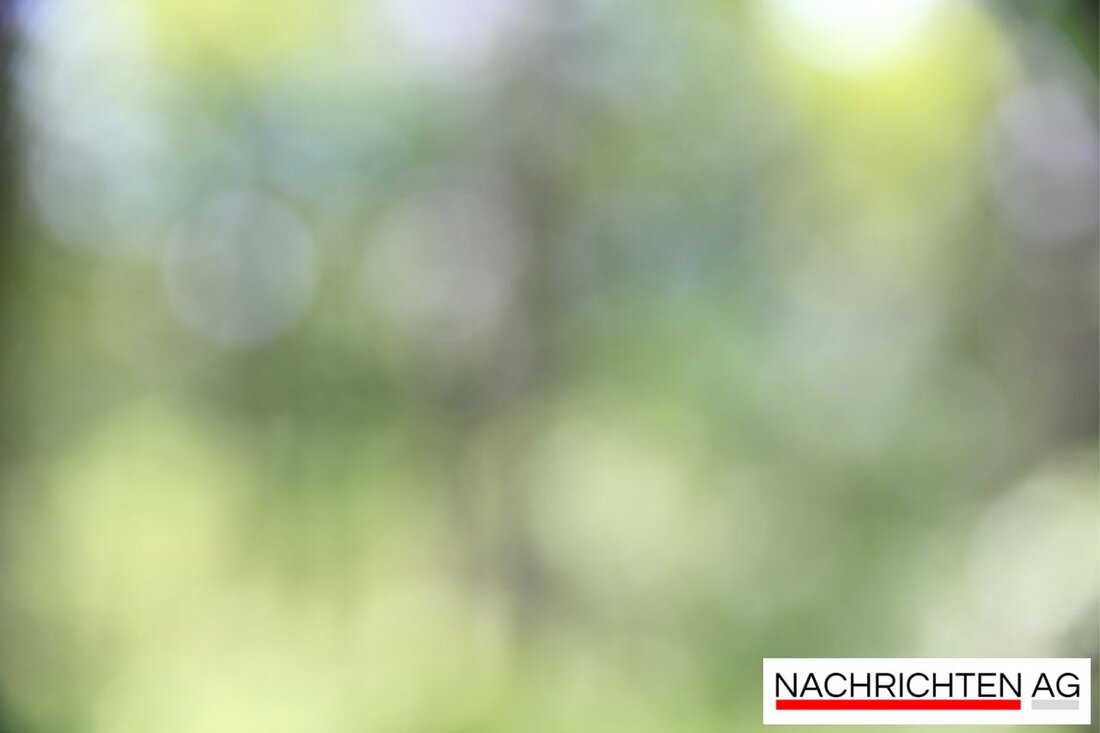Alzey-Worms district: Record subsidy for youth welfare office 2026 – an outcry!
District Administrator Sippel presents the 2026 youth welfare office budget for Alzey-Worms with increasing subsidies and deficits.

Alzey-Worms district: Record subsidy for youth welfare office 2026 – an outcry!
Today, on October 26, 2025, the preliminary budget of the youth welfare office for the coming year was presented in the Alzey-Worms district. District Administrator Sippel informed that the district must provide the youth welfare office with around 71.5 million euros. This sum is remarkable because the deficit for 2026 is around eight million euros higher than in the previous year. A look at the figures from the last few years shows that the district still had to contribute 57.3 million euros in the 2024 partial budget after deducting federal and state income. A subsidy of 62.4 million euros is expected for 2025, but financial expenses will remain high for 2026, with a forecast subsidy of 70.5 million euros.
The three main subsidy items that have a strong influence on the budget include ongoing subsidies for daycare centers, residential care and outpatient assistance. Sippel emphasized that these expenses should not leave the district alone, which underlines the recurring discussions about financial bottlenecks and necessary reforms in youth welfare.
Federal budget 2026: A look at the federal level
This development is being followed critically by the AdB, the youth welfare working group. They warn that the increase in the KJP does not reach the target of a ten percent increase set in the coalition agreement between the CDU, CSU and SPD. Ina Bielenberg, the managing director of the AdB, expressed concern about possible disputes over budget planning in the coming years. The required dynamization of the KJP remains uncertain in many places. The funds for the Federal Agency for Civic Education only amount to 15.416 million euros, which is provided for funding in Section 6. 9 million euros have already been committed through commitment appropriations for the financial years 2027 to 2029, so that the gaps in the federal budget for the years 2027 and 2028 are foreseeable.
The conclusion is clear: there is an urgent need for action at both the local and federal level to ensure sustainable investments in the areas of children and youth as well as educational equity. A look at the numbers and the dialogues surrounding the budget make it clear that the challenges in youth welfare cannot necessarily be overcome if the financial resources are not adapted to the actual needs.

 Suche
Suche
 Mein Konto
Mein Konto